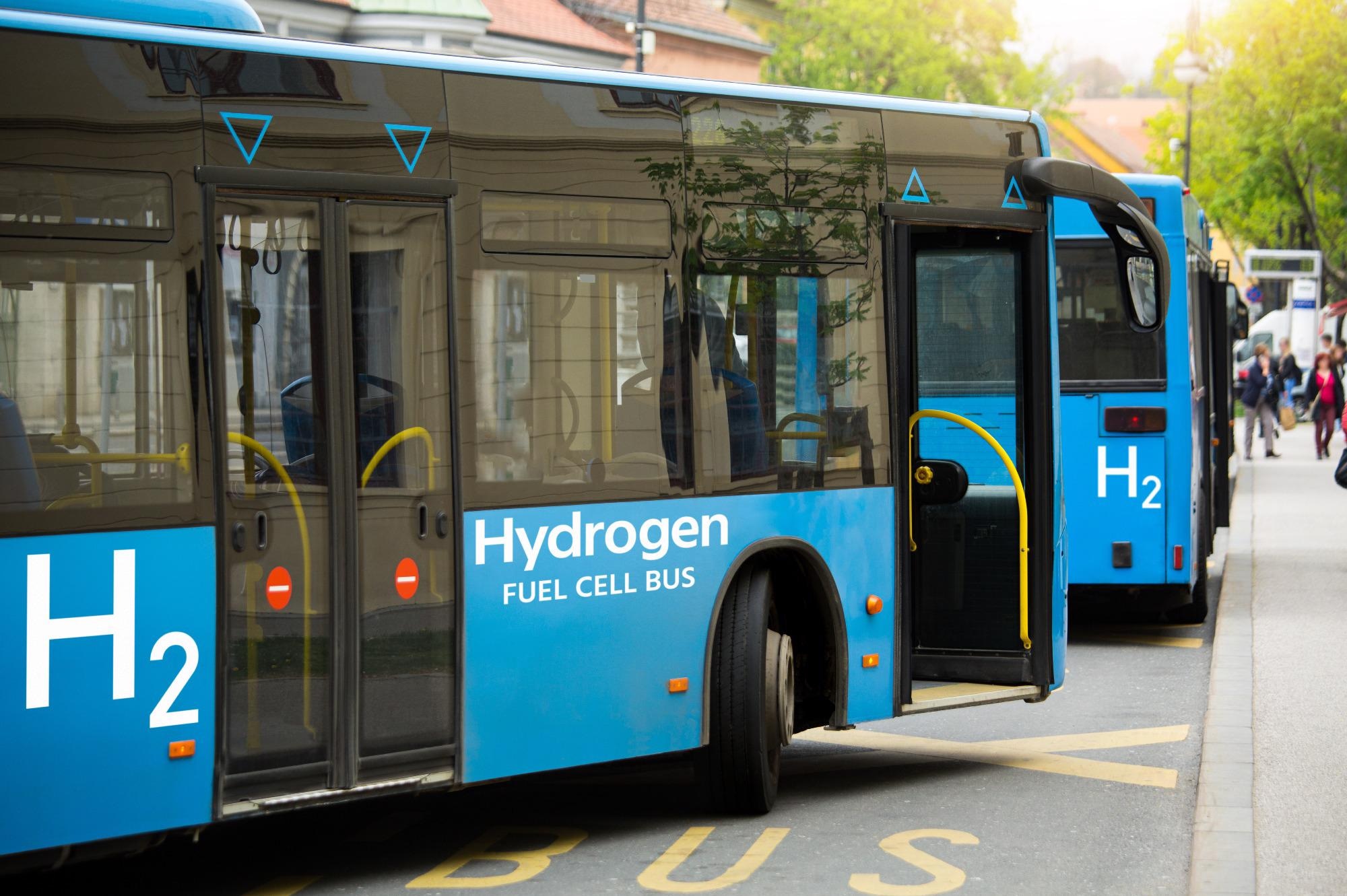Mar 18 2021
When hydrogen is separated from water using solar light rather than fossil fuels, it becomes a non-polluting energy source.

Image Credit: Scharfsinn/shutterstock.com
However, existing techniques used for 'splitting' or separating water molecules with light and catalysts involve the introduction of chemical additives to speed up the process.
Scientists have now designed a catalyst that is capable of destroying drugs and other compounds that already exist in wastewater to produce hydrogen fuel, thus eliminating a contaminant while generating something useful. The team has reported the study in the ACS ES&T Engineering journal.
While harnessing the solar energy to split water to produce hydrogen fuel is a potential renewable resource, it is a very slow process even when catalysts are utilized to expedite it along.
In a few cases, sugars or alcohols are added to increase the speed of hydrogen production. But as hydrogen is produced, these chemicals are destroyed, which means that this is a non-renewable method.
In an individual approach, scientists have attempted to use contaminants in wastewater to improve the generation of hydrogen.
Although titanium-based catalysts worked well for both generating hydrogen and eliminating contaminants, the efficiencies were lower than predicted for both steps due to their superimposed reaction sites.
One of the ways to decrease these interferences is to create catalysts by merging different conductive metals together, thus producing individual places for reactions to take place.
Hence, Chuanhao Li and his collaborators wished to integrate titanium dioxide and cobalt oxide to make a dual-functioning catalyst that would disintegrate common drugs present in wastewater while effectively transforming water into hydrogen for fuel.
To produce the catalyst, the team coated the nanoscale titanium dioxide crystals with a thin layer of cobalt oxide.
Preliminary tests demonstrated that this material did not generate much hydrogen, so as the following step, the researchers spiked this dual-functioning catalyst with 1% by weight of platinum nanoparticles—an efficient but costly catalyst for producing hydrogen.
The platinum-impregnated catalyst decomposed two antibiotics and generated significant amounts of hydrogen in the presence of simulated solar light.
Eventually, researchers tested their product on actual wastewater, water collected from a river in China, and deionized water samples.
The catalyst activated hydrogen production in all three specimens under simulated sunlight. The largest amount of hydrogen was acquired from the wastewater specimen.
According to the researchers, their catalyst could offer a sustainable wastewater treatment option by producing hydrogen fuel simultaneously.
The authors acknowledge financial support from the National Natural Science Foundation of China, Science and Technology Planning Project of Guangdong Province, Fundamental Research Funds for the Central Universities from Sun Yat-sen University and the Research Fund Program of Guangdong Provincial Key Laboratory of Environmental Pollution Control and Remediation Technology.
Journal Reference:
Wu, Y., et al. (2021) Recovering Hydrogen Energy from Photocatalytic Treatment of Pharmaceutical-Contaminated Water Using Co3O4 Modified {001}/{101}-TiO2 Nanosheets. ACS ES&T Engineering. doi.org/10.1021/acsestengg.1c00003.